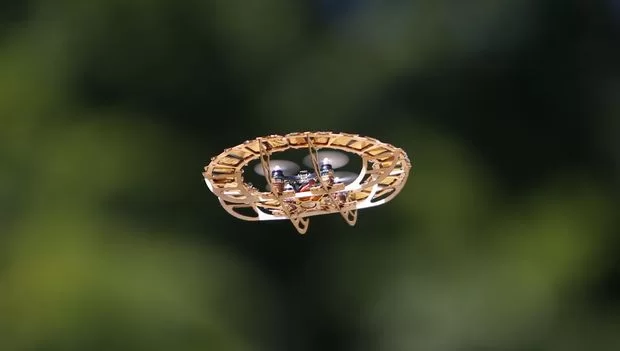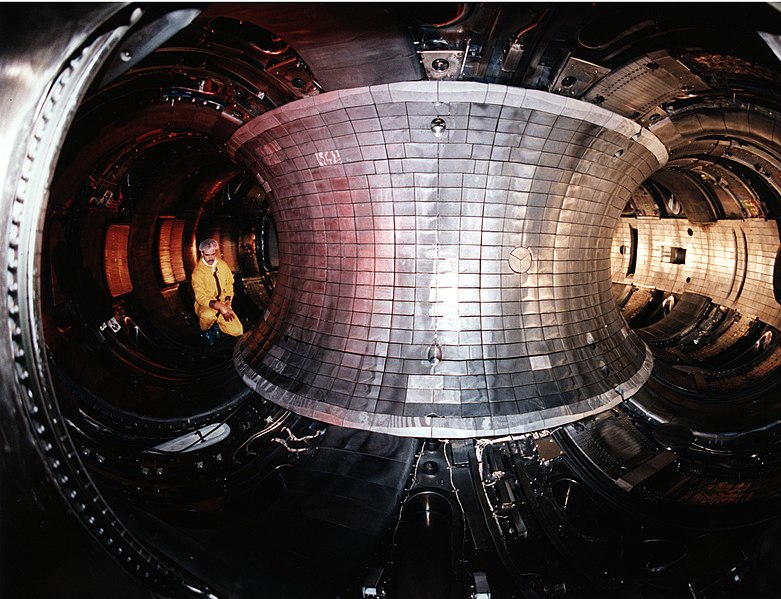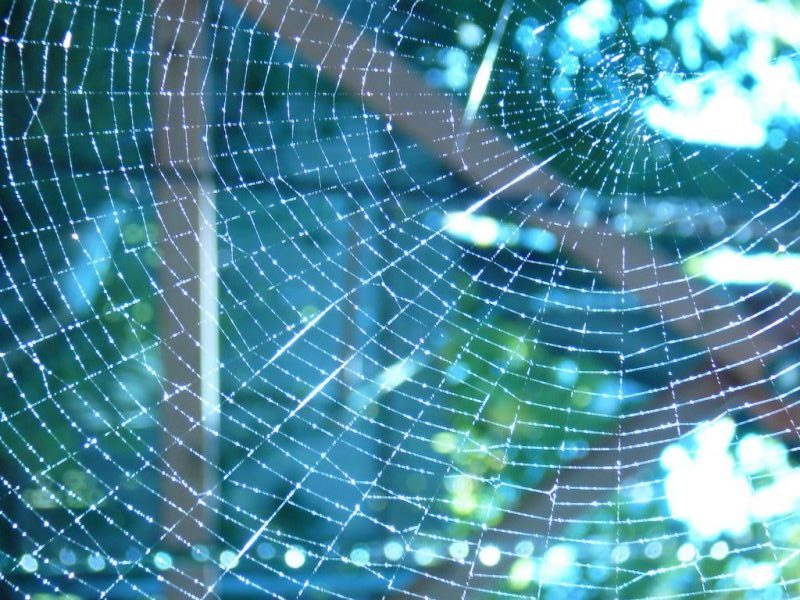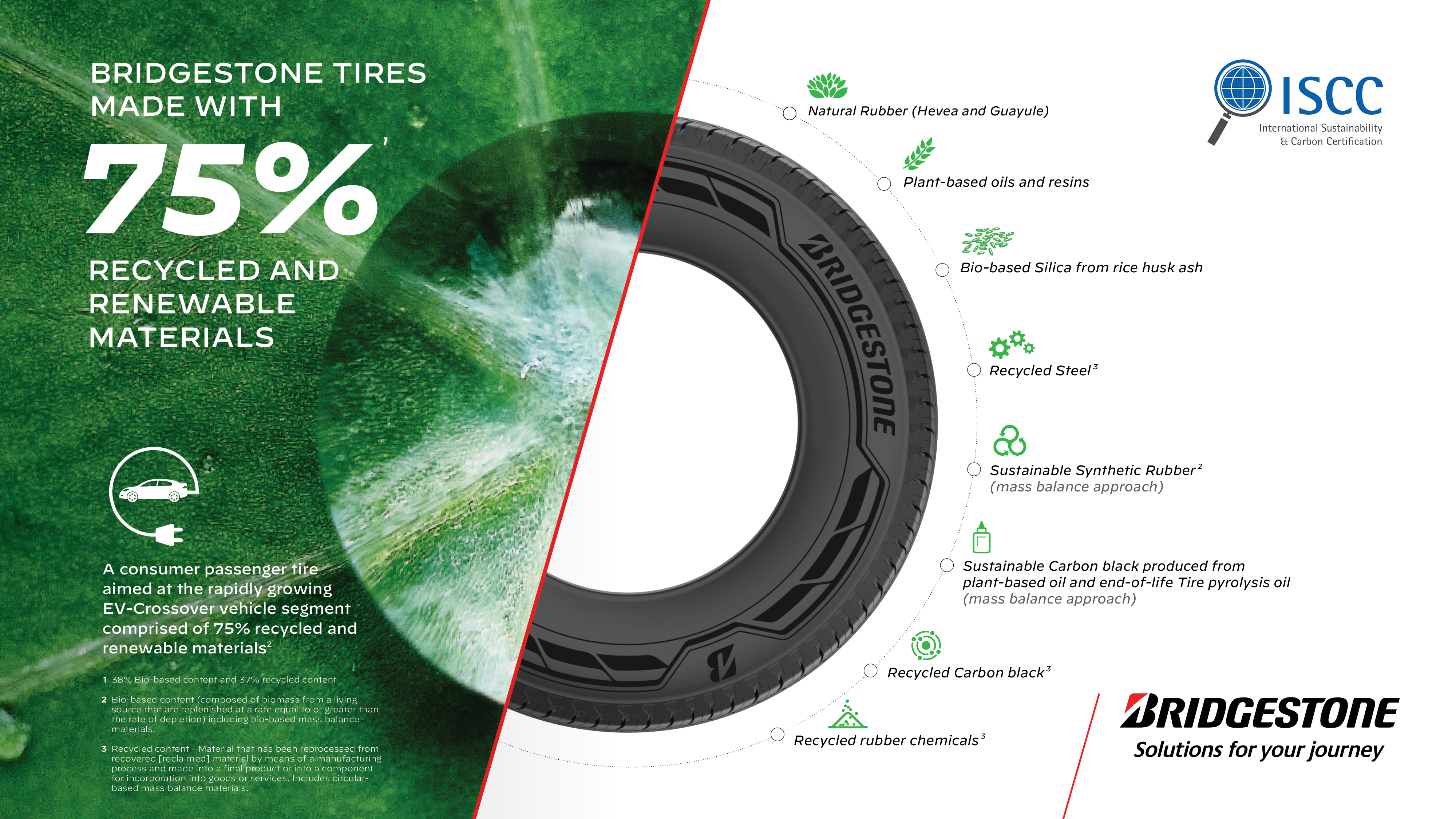Drone Evolution: Powering Up with Sunlight
The future of drone technology shines bright thanks to researchers at Johannes Kepler University Linz (JKU), Austria. Their groundbreaking work integrates ultra-thin solar cells, enabling drones to recharge mid-flight using sunlight.
This innovation tackles a major limitation of current drones: their short flight times due to battery constraints. Typically, drones can only fly for about 30 minutes before needing a recharge, greatly limiting their range and applications.
These innovative solar cells, made of perovskite and measuring less than 2.5 micrometers thick, boast an impressive 20.1% efficiency in converting sunlight into electricity, with a power output of up to 44 watts per gram. In a test, 24 of these cells were mounted on a miniature quadcopter which was dubbed the Solar Hopper, showcasing their lightweight nature – the array constituted just 1/25th of the total weight of the aircraft.
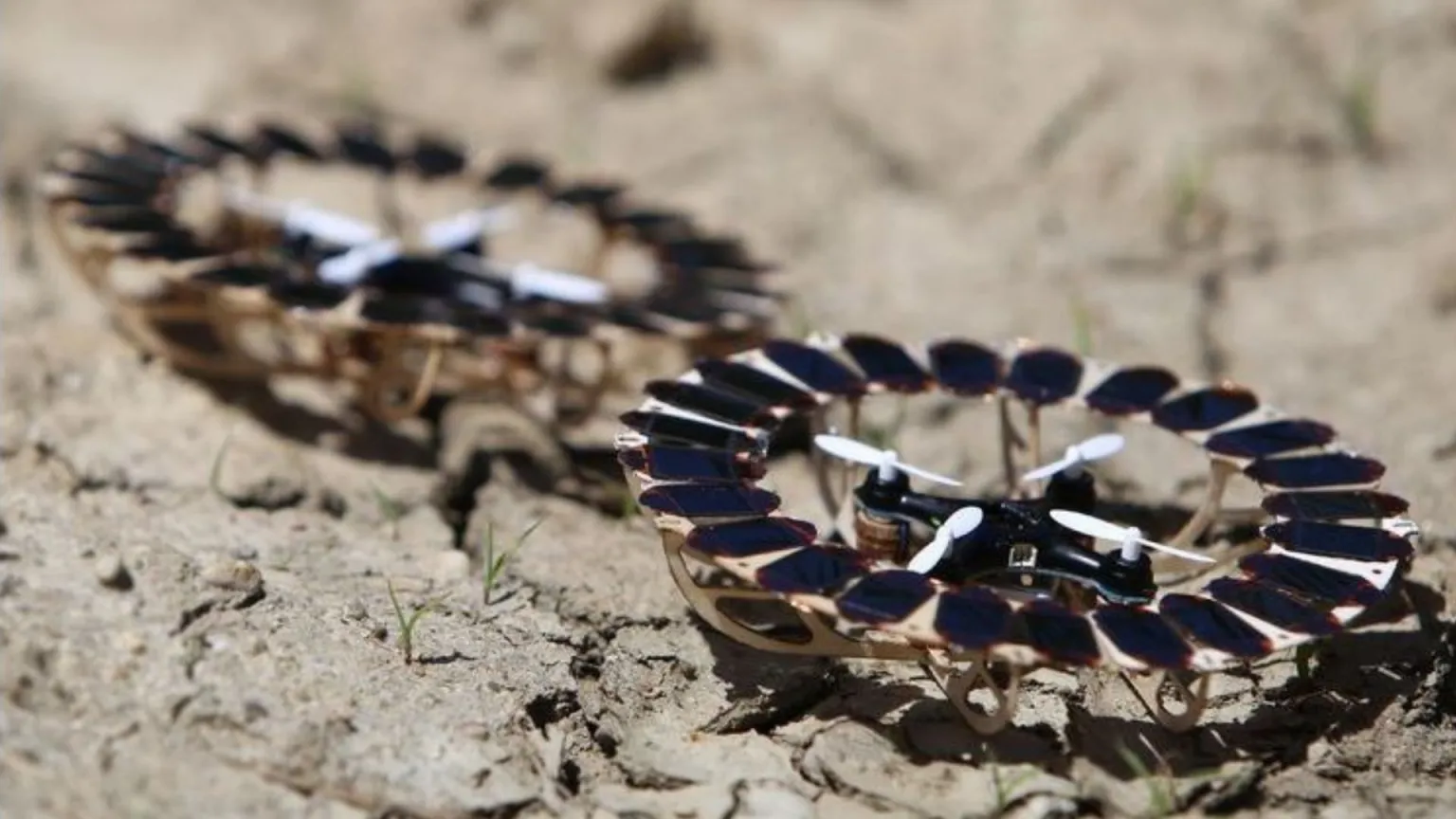
Image by JKU
From Concept to Reality: Solar-Powered Drones Take Flight
Initial trials, conducted indoors under artificial light mimicking sunlight, involved the Solar Hopper undergoing repeated cycles of hovering for 10 seconds at half-throttle, followed by a 30-minute recharge period. While indoor tests, they vividly demonstrate the potential of solar-powered flight extension.
This breakthrough promises to revolutionize drone use, envisioning drones that can stay airborne for extended periods, perfect for tasks like search and rescue, environmental monitoring, or even long-range deliveries. As researchers continue to refine this technology, skies filled with sun-powered drones may soon become a reality.

